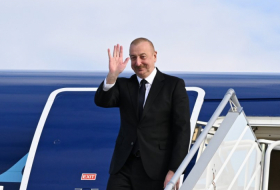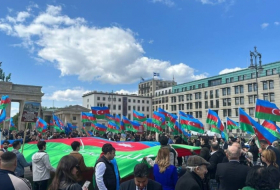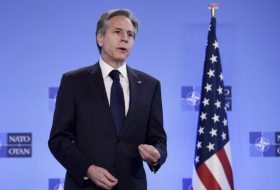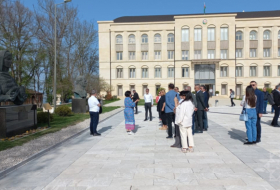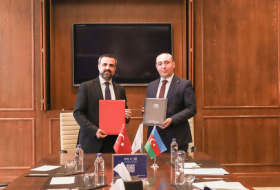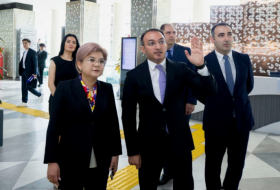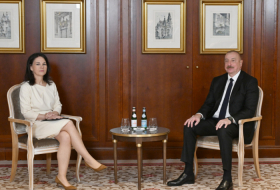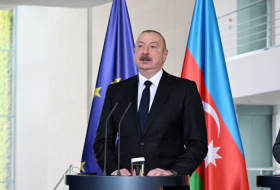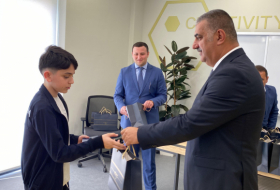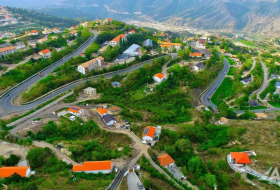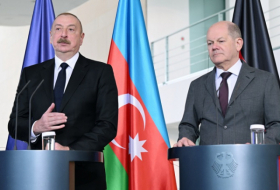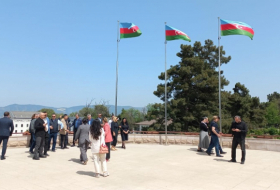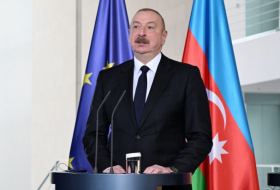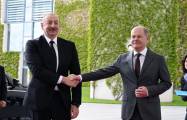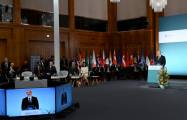- Please give us a brief background about yourself. Where do you live in? Which projects are you involved in?
I live in Vienna, the capital city of Austria since my birth in 1955. I am married, have one son and one daughter and two grandchildren. I am banknote designer since 1976 and worked for 35 years at the Oesterreichische Nationalbank (OeNB), the Central Bank of Austria. I designed all the Austrian Schilling banknotes, issued since 1982. In the year 1996, I won the design competition of the European Monetary Institute (the former Institute of the European Central Bank) for the banknotes of the first European single currency, the Euro. In the following years, I designed banknotes for several countries outside the European Union, f. i. Bosnia-Herzegovina, Malaysia and Syria. One of the most interesting challenges was to create a complete banknote series together with the design of the coins for the Republic of Azerbaijan.
- How did you decide to become a designer?
I decided to become a graphic designer very early. Already at the age of 15 years, I started my education at the “Höhere Graphische Bundes- Lehr- und Versuchsanstalt”, a very famous school for graphic design, photography and printing techniques in Vienna. I graduated all in all 5 years, 4 years in the special field “graphic design” and one additional year in the master class. After I finished this basic education I started the special training for banknote design at the printing works of the Central Bank of Austria with Prof. Roman Hellmann, renowned graphic artist and banknote designer who was responsible for the design of the Austrian Schilling banknotes from 1956 to 1970. In 1980 I co-operated with Guglielmo Savini (1939-2001), Italian Artist and banknote designer at the Banca d’Italia, thus gaining international experience.
_1512454213_1512472467.jpg)
- You also a designer of Azerbaijan’s national currency. What did you think when you hear about that first?
If I am not wrong, it was in the year 2003 I made the first sketches to prepare some proposals for the design of new banknotes for Azerbaijan. And finally I was very happy – and even proud – to get the chance to design the complete banknote series for this – for me very “exotic” but interesting – country. It was a big challenge.
- What can you tell about the design of Azerbaijani currency? Which of the elements did take more time to prepare? In general, how long did this process go?
In general, the design process lasted some years. The most important requirement was the close team work together with the people of the Central Bank of Azerbaijan. At this point, I want to stress the excellent patronage of the governor. He backed the design work personally and contributed many ideas. But I was also supported by many people of the staff of the AMB. Together we had to carve out the different themes for the six denominations. So finally the 1 Manat note symbolizes Azerbaijan’s rich and modern culture and shows traditional instruments and ornamental elements from ancient carpets. The 5 Manat note symbolizes Azerbaijan’s contribution to world literature. The 10 Manat note represents Azerbaijan’s ancient tradition and its rich history. The 20 Manat note is concerned with the territorial integrity of Azerbaijan, the 50 Manat symbolizes Azerbaijan’s commitment to education and its future generations and the 100 Manat note represents the economic development and the status of Azerbaijan as a flushing nation. In addition to this symbolic values, the aspect of security is very important.
The protection against counterfeiting has the highest priority. The banknotes of Azerbaijan have the same high standard as the Euro banknotes with reference to printing quality and the security features.
- Did you have any information about Azerbaijan at that time? What is your own view about ornament in Azerbaijan currency?
At that time I knew very few things about Azerbaijan. I loved just the famous carpets with the beautiful ornaments. For the investigation, I had to buy many books about the history of the country and about the places of interest. To research on the internet was also very helpful at the beginning.
- This is an interesting point. Have you ever visited Baku, Azerbaijan?
Yes, I visited Baku very often. It was the only way to study the culture of this country and to experience how the people live. Furthermore, on the one hand, I had to discuss my ideas and design proposals with the people of the AMB, on the other hand, I had to make photographs of motives which I want to use in my designs. This was a very interesting time. I could visit museums and nearly all places of interest of Baku. So I thank for the possibility to get to know this beautiful city.
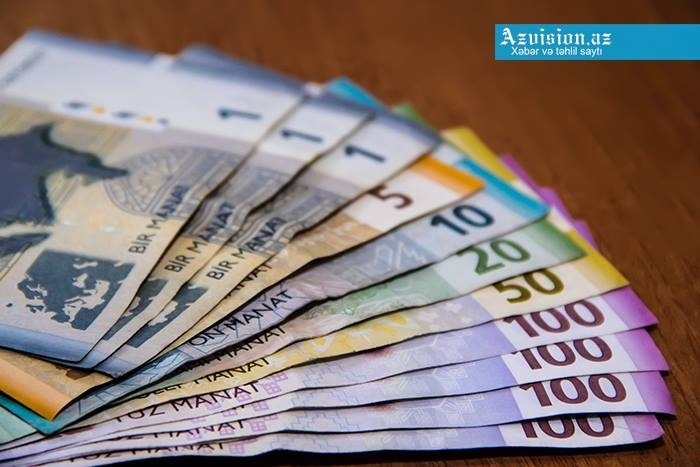
- You are also a designer of Euro. Why did you choose this design for these currencies?
To design the Euro banknotes was a very special and unique task. These banknotes are used from so many different countries and I had to find motives which are acceptable for so many people with a different cultural background. My idea for the Euro was to show on one side bridges from different European epochs. This bridges should symbolize the connection between the countries of the European continent as well as the connection between Europe and the rest of the world. The front of the banknotes shows open doors and windows from different European ages. This should symbolize transparency and openness and a view into the future. Both motives, the bridges and the open gateways symbolize in a very simple way the community of European values.
Extraordinary is the fact that this bridges, windows and gateways do NOT exist in reality because no member state of the European Union should be favoured.
This is the big difference in the design of a common currency for many countries (EU) and a national currency for one country (f.i. Austria, Syria or Azerbaijan).
- What currency do you prefer to use: Dollar or Euro?
Due to the fact that I pay every day with Euro, I prefer the Euro. And in the meantime, everybody in the world accepts the Euro as well as the Dollar.
- Do you like the design of dollar?
The Dollar is a very old and traditional currency and even the new edition of the Dollar notes look a little old-fashioned.
- Do you think that the design of money has any psychological significance?
An old-fashioned look can be interpreted as a symbol of stability and security but could also appear outmoded and a little bit “dusty”.
On the other hand, a design which is too modern or experimental could be interpreted as the opposite, as unstable or insecure. It is the task of the designer to find a good compromise.
And at this point, as a conclusion, I have to come back to the protection against counterfeiting: Banknotes which have a good protection against counterfeits with the best security features are trustable and the people will like and trust in this banknotes. To give the feeling of security is the most important function of banknotes.
Hafiz Ahmadov
More about: #money #design #interview








_1512453999_1512469061_1512472449.jpg)
